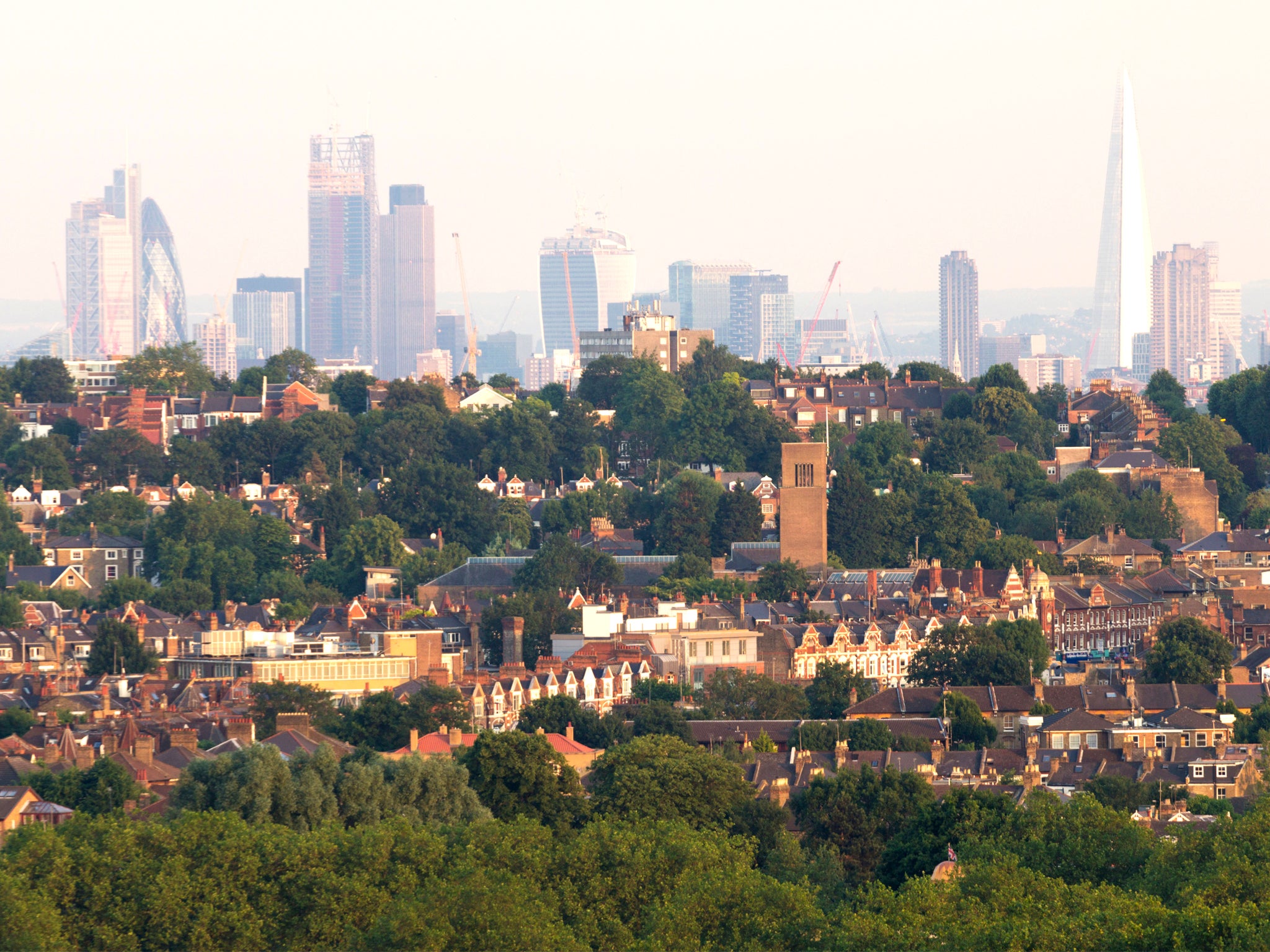Poverty at its most grinding not in our inner cities but in suburbia, claims study

Your support helps us to tell the story
From reproductive rights to climate change to Big Tech, The Independent is on the ground when the story is developing. Whether it's investigating the financials of Elon Musk's pro-Trump PAC or producing our latest documentary, 'The A Word', which shines a light on the American women fighting for reproductive rights, we know how important it is to parse out the facts from the messaging.
At such a critical moment in US history, we need reporters on the ground. Your donation allows us to keep sending journalists to speak to both sides of the story.
The Independent is trusted by Americans across the entire political spectrum. And unlike many other quality news outlets, we choose not to lock Americans out of our reporting and analysis with paywalls. We believe quality journalism should be available to everyone, paid for by those who can afford it.
Your support makes all the difference.The image of suburbs as the most affluent parts of the country has been dismissed as a myth by an analysis showing poverty is growing faster on the fringes of cities than anywhere else.
It calculated that suburban neighbourhoods are home to some seven million people struggling on or below the breadline – nearly six in 10 of the individuals considered to be in poverty in England and Wales.
The wealth gap between the inner and outer parts of cities is narrowing, according to the Smith Institute, suggesting that deprivation is edging outwards as urban districts recover more strongly from the recession.
It warned: “Poverty is prevalent in many suburbs. In some city suburbs it is increasing and worryingly high.”
Calling for a drive to tackle “the suburbanisation of poverty”, the left-wing think tank argued that governments tended to focus on hardship in inner cities and rural districts to the exclusion of the suburban areas.
It found that unemployment rates grew nearly three times as quickly in the suburbs than in the rest of the country over the last decade.
There are also higher proportions of benefit claimants and recipients of pensioner credits in suburbia. There are greater numbers of lone parents and disabled people – two groups associated with low incomes – than elsewhere. In addition, more than half of the people in overcrowded homes live in the suburbs.
The report added the trend could accelerate because of the falling value of wages, welfare reforms and lack of affordable housing as property prices in some city centres.
Paul Hunter, the head of research at the Smith Institute said: “Poverty in suburbia has been ignored for too long. The evidence shows the majority of people in poverty live in our suburbs. There needs to be a much better understanding of poverty in suburbia. Many suburban of areas have struggled with austerity and there is now a pressing case for a suburban renaissance.”
The think tank, which worked on the definition of a household being in poverty if its income is less than 60 per cent of the national average, said planning policy over the last 30 years had focused on reviving inner cities, arguably at the expense of the suburbs.
It said London, Manchester and Newcastle were the cities in which the income gap between inner and outer district had narrowed significantly in a decade. In the capital, poverty had climbed in outer London authorities of Ealing, Brent, Enfield and Croydon.
“Most indicators of poverty are rising in the suburbs, suggesting poverty is moving outwards to suburbia,” the report concluded.
Imran Hussain, the head of policy at the Child Poverty Action Group, said: “The combined impact of the economic downturn and government policies cutting help for vulnerable groups, like the low paid, mean that families are struggling and children growing up in poverty in even the most affluent communities.”
The Smith Institute estimates that 60 per cent of the population of England and Wales – more than 32.5 million people – live in suburban neighbourhoods, which it defines by density of population and the type of housing.
Join our commenting forum
Join thought-provoking conversations, follow other Independent readers and see their replies
Comments